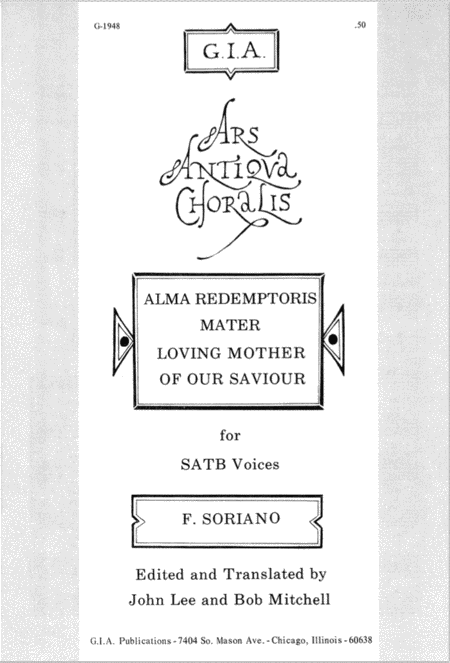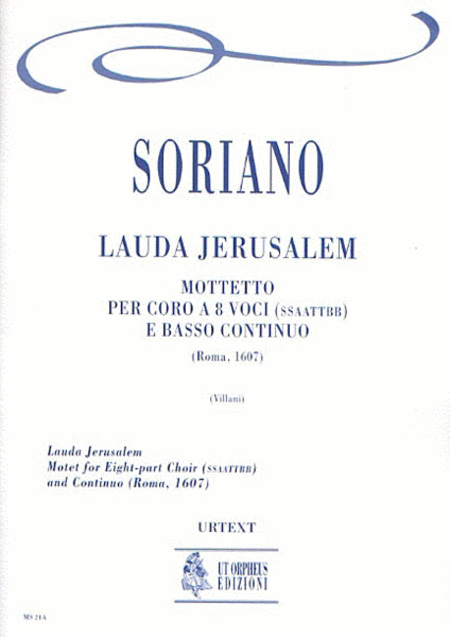
Francesco Soriano (1548 - 1621)
 Italie
Italie
 Italie
ItalieFrancesco Soriano (1548 or 1549?1621) was an Italian composer of the Renaissance. He was one of the most skilled members of the Roman School in the first generation after Palestrina.
Soriano was born at Soriano, near Viterbo. He studied at the Basilica di San Giovanni in Laterano in Rome with several people including Palestrina, became a priest in the 1570s and by 1580 was maestro di cappella at S. Luigi dei Francesi, also in Rome. In 1581 he moved to Mantua, taking a position at the Gonzaga ... (Read all)
Source : Wikipedia
Soriano was born at Soriano, near Viterbo. He studied at the Basilica di San Giovanni in Laterano in Rome with several people including Palestrina, became a priest in the 1570s and by 1580 was maestro di cappella at S. Luigi dei Francesi, also in Rome. In 1581 he moved to Mantua, taking a position at the Gonzaga ... (Read all)
Source : Wikipedia
FREE SHEET MUSIC HYMN - SACRED
Active criterias:
Search #Hymn - Sacred
| ||||||||||















